Love Good Housekeeping and want more of our Triple-Tested recipes, home tips, fashion inspiration, essential consumer advice and so much more delivered to your inbox? Sign up to our FREE weekly newsletters, sit back and enjoy!
We depend on our freezers more than we realise, storing whatever’s leftover from our meals to save on food waste. But in continually adding items faster than we can consume them, things get crowded all too quickly.
Before you know it, your freezer is wedged to the door, some items of which we’ve forgotten about entirely, or worse, no longer recognise! Contrary to popular belief, food doesn’t last forever in here; the quality will eventually degrade, so this is ultimately a waste of space and food.
Organising your freezer lets you see what you’ve got stored and gives you better access to everything. It also helps keep your freezer functioning efficiently by allowing for better air circulation. That’s why you need to keep on top of sorting this space.
For the best way to organise your freezer, we’ve listed some top tips below from GH’s Cookery Team.
1. Label food clearly
The number one rule when using your freezer is to label freezer bags or food containers clearly with the contents and the date they were frozen, so they can be easily identified later on.
Not sure what to use for your labelling? Get a freezer-safe marker pen.
2. Organise shelves
Organising your freezer shelves by food type can help you find everything you need quickly and easily. To be super-organised, try labelling each shelf or drawer so that food is stored by category like 'meat' or 'frozen fruit and veg'.
Put food that needs to be eaten soon somewhere you can easily see it, so that you don't forget about it. If you don't have any freezer bags handy, and you're worried about food sticking together, divide items with baking parchment, foil or freezer paper.
3. Keep it cold
It's vital to keep your freezer at the right temperature: the Food Standards Agency recommends keeping your freezer at -18°C to keep all items thoroughly frozen.
Before freezing, chill foods in the fridge. As a rule of thumb, never place warm or even slightly warm foods in the freezer. If you do, ice crystals can form and it can cause the overall temperature of the food stored in your freezer to rise to unsafe levels.
Grab yourself a fridge/freezer thermometer so you can keep an eye on the temperature.
4. Package well
To make the most of the available space in your freezer, place food in square or rectangular containers. These stack well and take up less space, which is perfect for anyone trying to fit lots of food into their freezer.
Use shallow containers for freezing liquid-based products such as sauces, as they freeze more quickly. When you're freezing liquids, leave a little space to allow for expansion, so don't fill containers right to the top.
Alternatively, use gusseted freezer bags that stand up once filled, or try reusable freezer bags to reduce your single use plastics.
5. Make a list
Set aside a bit of time to create a detailed list of everything in your freezer. It’ll be time-consuming at first, but once you’ve got the list it’s easy to update. Cross out things when you remove them from the freezer and when you put anything new in the freezer, add it to the list.
A freezer list means you’re less likely to forget about things lurking, forgotten-about at the back, plus you can easily avoid doubling up on frozen foods when you write your shopping list.
If you’re looking to use up some of the excess frozen food, creating meal plans in collaboration with your list, ordered by what needs eating soonest, can also help you work your way through.
6. Don't waste wine
Not enough wine left in the bottle for another glass but too much to waste? Freeze excess alcohol in your ice cube tray and use for stocks or sauces. You can also freeze stock, soup and herbs in oil this way, too.
7. Allow air in
A full freezer retains cold better than an empty one. However, be careful not to pack it too full – air must be able to circulate easily in order to maintain the temperature.
8. Defrost carefully
Ensure meat, fish or prepared dishes are thoroughly defrosted before cooking or reheating. Defrost food in the fridge overnight to thaw it completely and avoid leaving it at room temperature. Vegetables and fruit are usually best cooked straight from frozen.
According to the Food Standards Agency large items such as a 6-7kg Christmas turkey can take up to four days to defrost fully in the fridge, so get it out in plenty of time.
9. Maximise space
Vegetables and fruits with a high water content (such as tomatoes and strawberries) may be better puréed before freezing, particularly if that’s what you plan to do with them in the long run. It will also save space in your freezer. Check out the GHI’s top blender and hand blender recommendations to make puréeing a breeze.
10. Prepare space in advance
If you’ve got Christmas coming up or a large family dinner on the calendar, your freezer is naturally going to be well stocked beforehand, as well as afterwards when you’re dealing with leftovers! Pre-prepare a dedicated space before the big day so things don’t get mixed up and crowded. You may even need to pull an entire drawer out if you’re planning to freeze a chicken or even a turkey!
11. Remember the rules
Food can’t live in the freezer forever. Meat should be used within 3-6 months and bread only lasts 2-3 months. Any longer and the food will still be safe, but the colour, flavour and texture will start to deteriorate.
Small freezer compartments within fridges are less reliable than chest freezers or standalone freezers, so check food often for signs of freezer burn and use up or discard sooner if the food shows signs of deterioration.
Let food cool completely before freezing. If you place it in the freezer when even slightly warm, ice crystals can form and it can keep the overall temperature of the food at unsafe levels.
If you're unsure, refer to the NHS guidelines to check your food is safe to eat.
Do not slip into old habits of adding items to the freezer if you’re not certain they will be used in the short term. At the end of the day, your freezer should be seen as a temporary storage solution rather than an excuse to avoid waste.

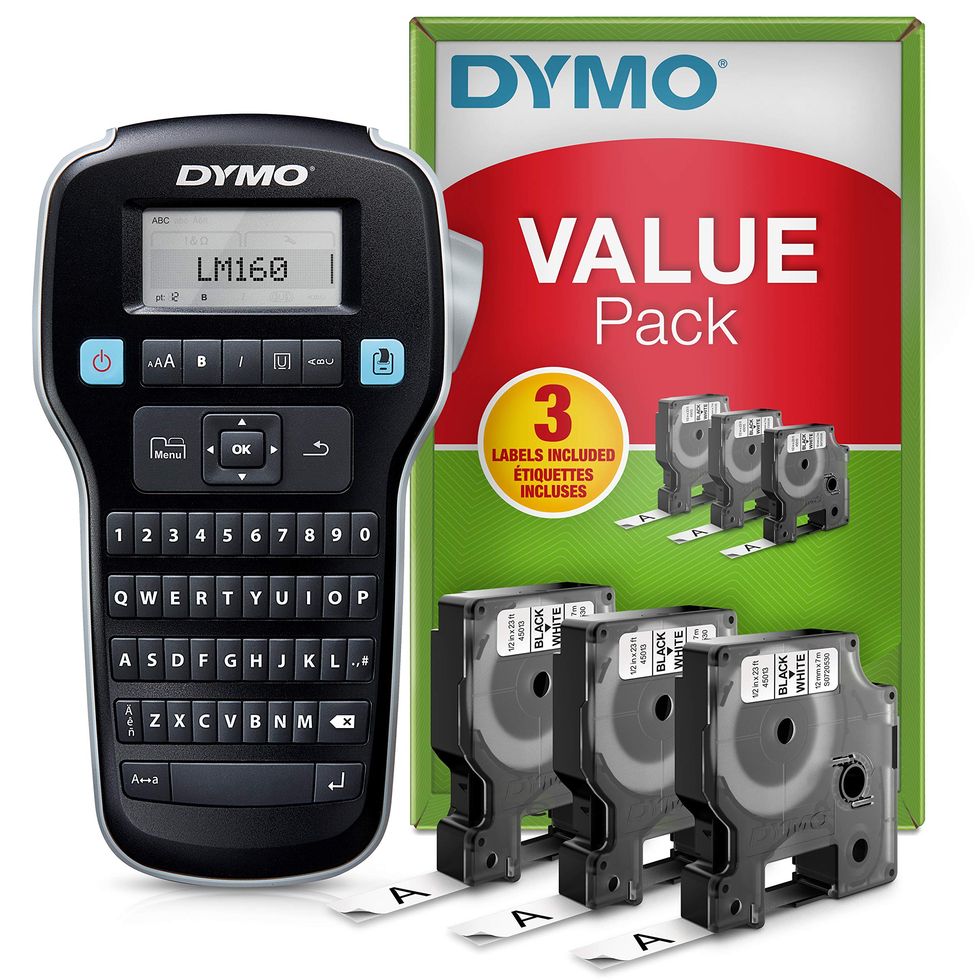

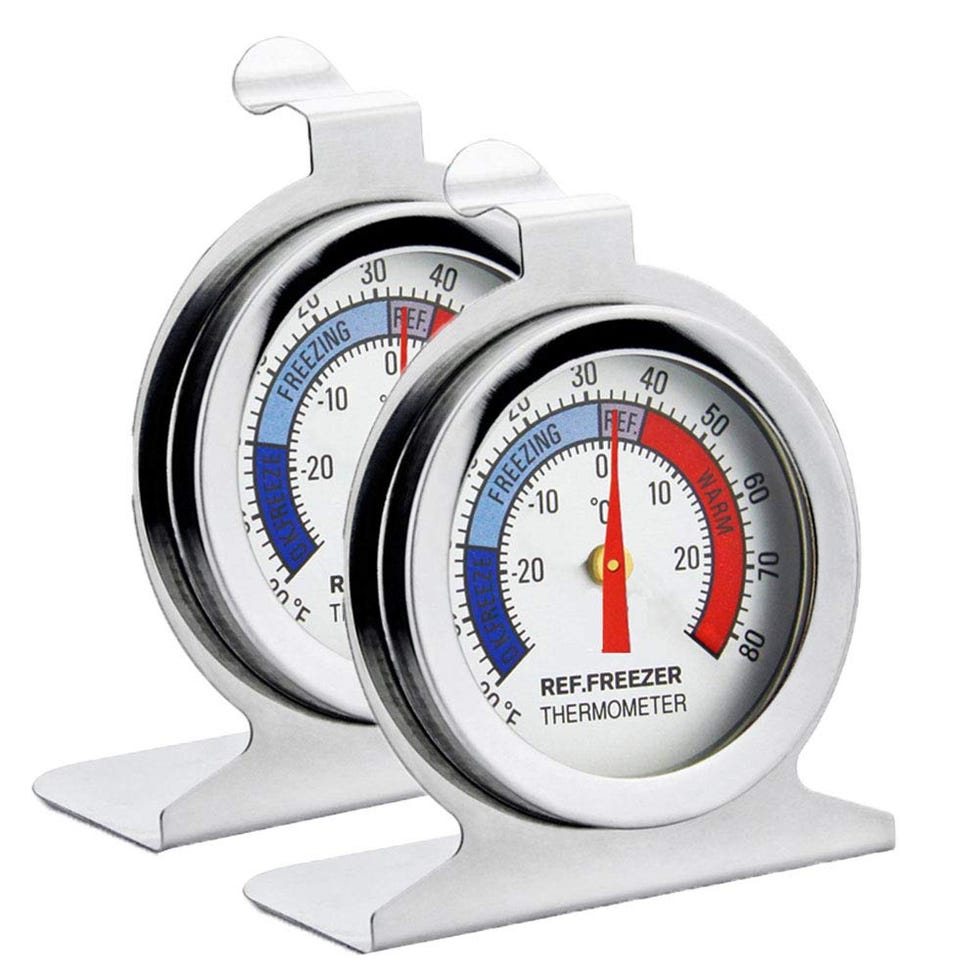
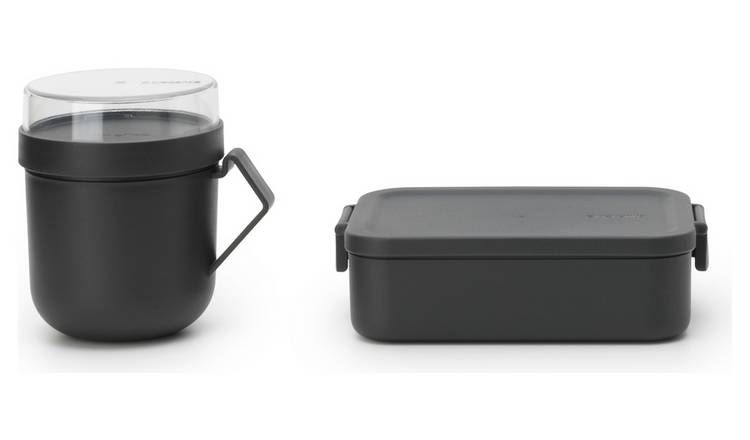

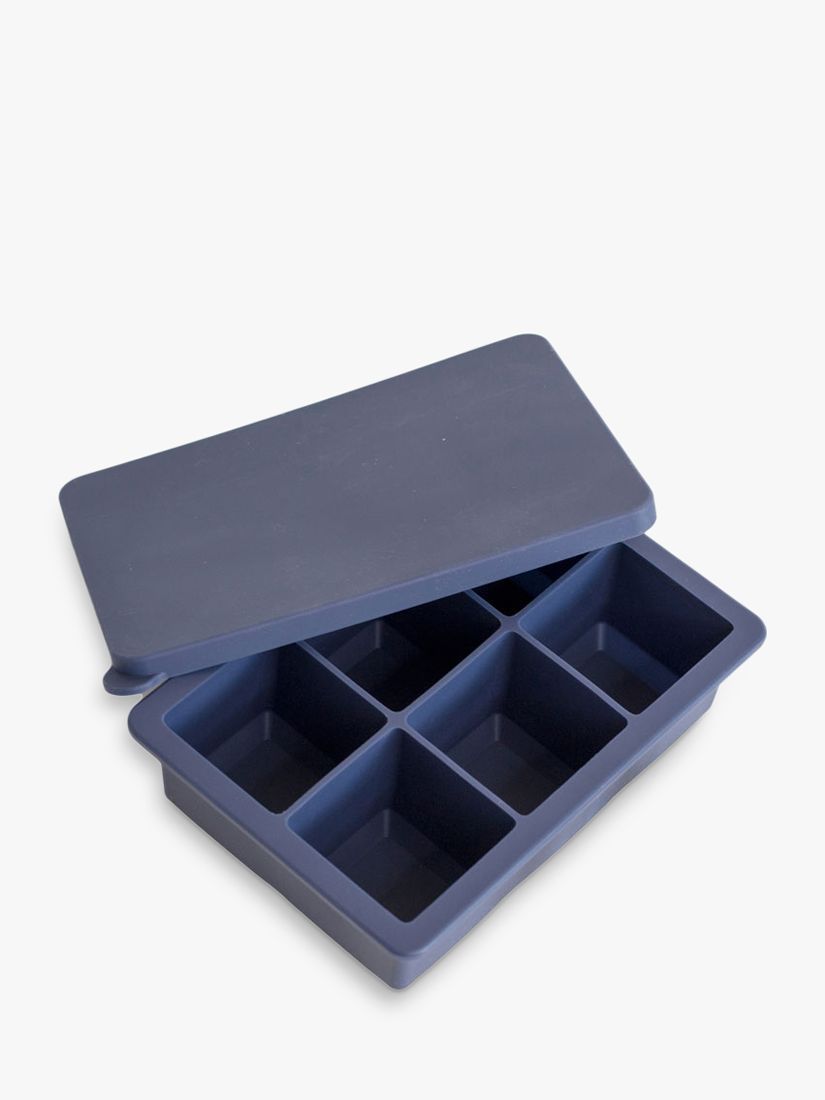

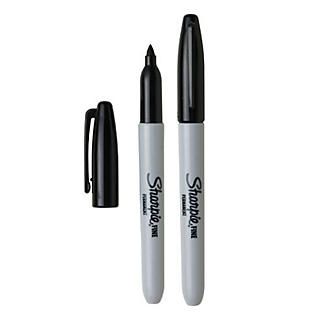
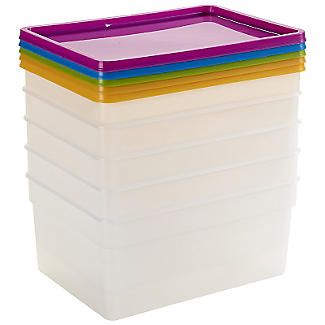
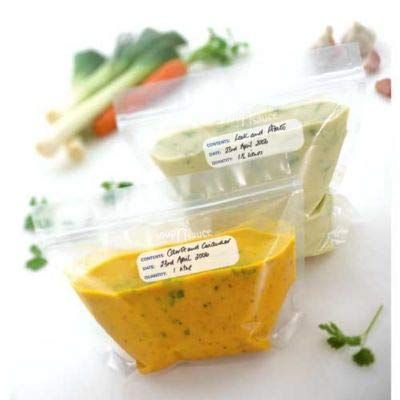
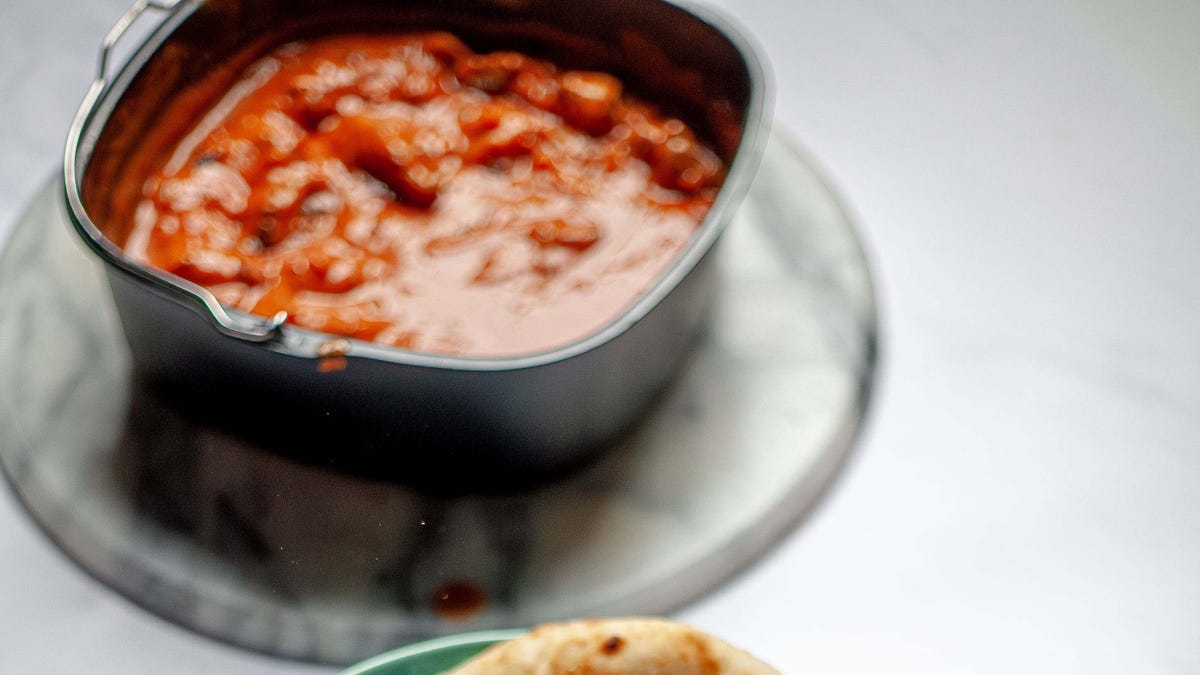

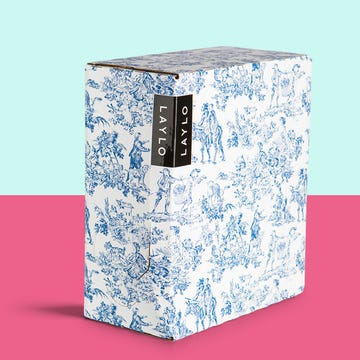




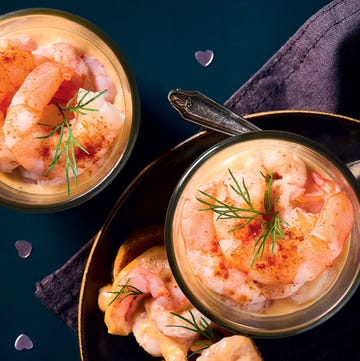




.jpg?crop=1.00xw:1.00xh;0,0&resize=360:*)